The 34th annual Small Satellite Conference wrapped up this week, bringing an audience of over 8,000 individuals representing 123 countries. With the ongoing impact of COVID-19, the conference adapted to the “new-normal” and hosted its keynote, workshops, technical sessions, side meetings, “Swifties,” and exhibit hall entirely online.
The conference’s live talks launched with a National Aeronautics and Space Administration (NASA) town hall, featuring several key agency personnel from its small satellite divisions. The town hall covered developments in NASA’s small satellite programs over the past year, as well as its upcoming missions. NASA showcased its Flight Opportunities program, which enables rapid demonstration of new technologies for exploration, discovery, and expansion of space commerce through suborbital testing with industry flight providers. NASA also offered 17 Short Talks on subjects such as “Wikipedia for SmallSats” and “How to Make your ODAR Easy.”
The keynote speaker this year was Dr. Christopher Scolese, Director of the U.S. National Reconnaissance Office (NRO). Dr. Scolese highlighted how small satellites support the NRO’s core mission and enhance national security, including by providing operational and technological flexibility. Dr. Scolese further commented on the need to revisit orbital debris mitigation regulations in the face of technological advances by updating disposal rules to better reflect generational updates and the limited operational life of small satellites.
The conference also offered technical sessions for operators and manufacturers of small satellites. From communications to earth imaging, all applications of small satellite technology were explored to address growing customer demands. Dedicated sessions on innovative technologies for ground stations (both hardware and software), maximizing data rates, increasing performance, and best practices for timely licensing of ground stations brought valuable insights as well.
Navigating regulatory hurdles proved to be a core theme of the conference given recent changes to the Federal Communications Commission’s (FCC) rules regarding small satellites. The FCC hosted a “Frequently Asked Questions” webinar at the conference examining its licensing procedures, guiding participants through the process for amateur licenses, experimental licenses, and Part 25 licenses. In particular, the session examined the FCC’s recently released Report and Order establishing streamlined licensing procedures for certain qualifying small satellites. The National Science Foundation (NSF) also hosted a licensing panel, with representatives from the NSF, NASA, the FCC, and the National Telecommunications and Information Administration providing guidance on CubeSat licensing.
Orbital debris mitigation was also a hot-button issue at the conference. The FCC recently released a new Order and Further Notice of Proposed Rulemaking to overhaul its orbital debris requirements and has generally applied those new rules to its streamlined small satellite process, including maneuverability requirements. Presenters and participants at the conference understandably raised concerns about the impact of such regulations on cost and weight limitations for small satellites. These will be critical issues for operators and manufacturers to track over the coming months as the FCC pushes forward with implementing these rules, which they indicated at the conference would occur sometime in late summer or early fall.
All content from the conference is available on the website through the end of August.

